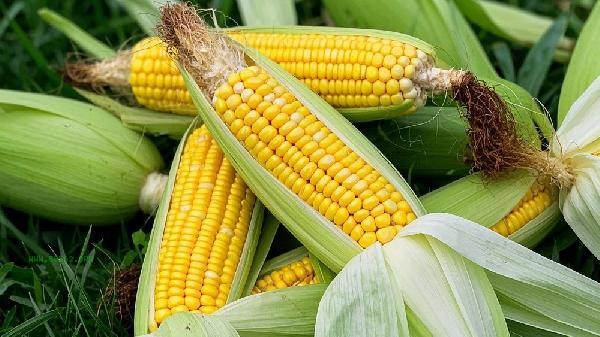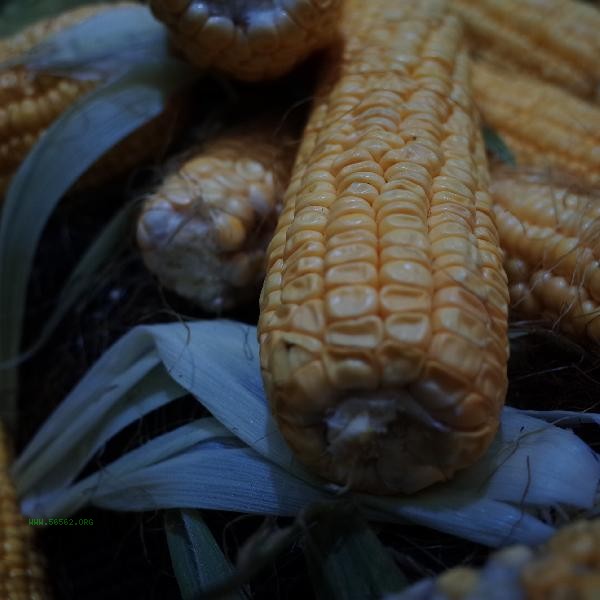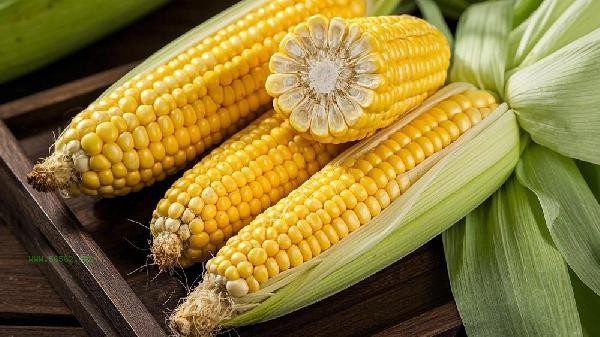Both sweet corn and glutinous corn are suitable for weight loss individuals, but sweet corn is more suitable for those who need to control their blood sugar, while glutinous corn is more suitable for those who need to enhance their satiety. The nutritional value of two types of corn has its own emphasis, and the selection should be based on individual physical fitness and weight loss goals. Sweet corn has a lower glycemic index and contains more water and soluble dietary fiber, which can slow down gastric emptying and help stabilize postprandial blood sugar. Its natural sweetness can satisfy the craving for sugar during weight loss and reduce the intake of high calorie snacks. Each 100 grams of sweet corn contains approximately 86 calories, with a moderate carbohydrate content, making it suitable as a supplement to a low-carbon diet. Lutein and zeaxanthin in sweet corn help protect vision, while the B vitamins promote energy metabolism. But sweet corn has a lower content of amylopectin and a slightly faster digestion rate than glutinous corn.

Glutinous corn has a amylopectin content of over 95%, with a slower digestion and absorption rate, providing a more lasting sense of satiety. Its adhesive properties can prolong chewing time and help control food intake. Every 100 grams of glutinous corn contains about 140 calories. Although the calorie content is slightly higher, the resistant starch content is relatively high, and some starch cannot be absorbed by the small intestine. Glutinous corn is rich in potassium, which helps alleviate edema type obesity, and magnesium can help alleviate anxiety during weight loss. But glutinous corn has a faster rate of sugar increase, and those with high blood sugar levels need to control their consumption.

During weight loss, you can alternate between consuming two types of corn. It is recommended to choose steaming to preserve nutrients and avoid adding butter or sugar. Paired with high-quality protein such as chicken breast or soy products, it can balance postprandial blood sugar reactions. Pay attention to controlling the daily intake of corn within 200 grams, and those with weak gastrointestinal function should chew it thoroughly. Sweet corn is more suitable for energy supplementation after exercise, and a small amount of glutinous corn can be chosen for dinner to enhance satiety. Long term consumption of a single type of corn may lead to nutritional imbalance, and it is recommended to rotate and mix it with other coarse grains.









Comments (0)
Leave a Comment
No comments yet
Be the first to share your thoughts!